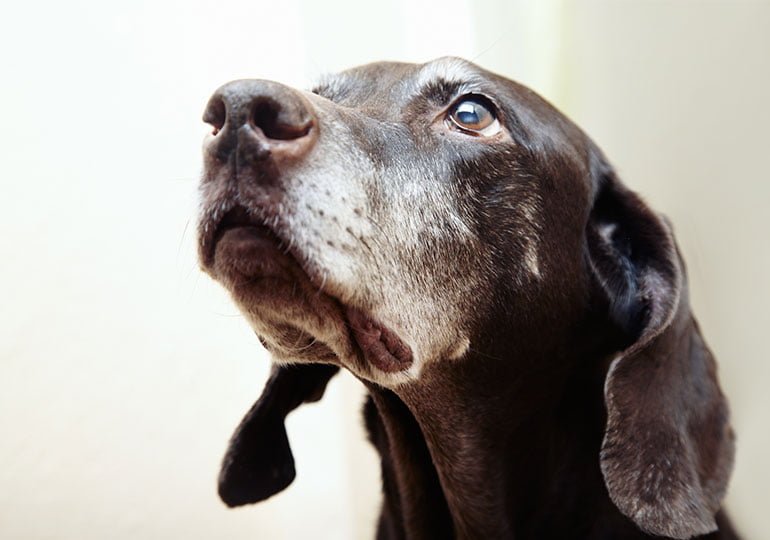Unlike people, most dogs don’t seem to suffer from osteoporosis, at least not if they’ve been maintained on a balanced diet with adequate calcium in earlier years. Thus, senior dogs eating a commercial diet do not need calcium supplementation.
Old dogs are more prone to dehydration, often because of health problems such as kidney disease that cause them to urinate more frequently, or because they’re taking medications such as diuretics for heart disease. Making sure the water is fresh, cool, and readily available can help encourage a dog to drink more.
In the end, it comes down to both the quantity and quality of life. Never forget that while dogs must eat to live, many also live to eat, and sometimes we must make compromises. Remember the dog’s motto: “Ask not what you can do for your country. Ask what’s for lunch.” – Orson Welles

